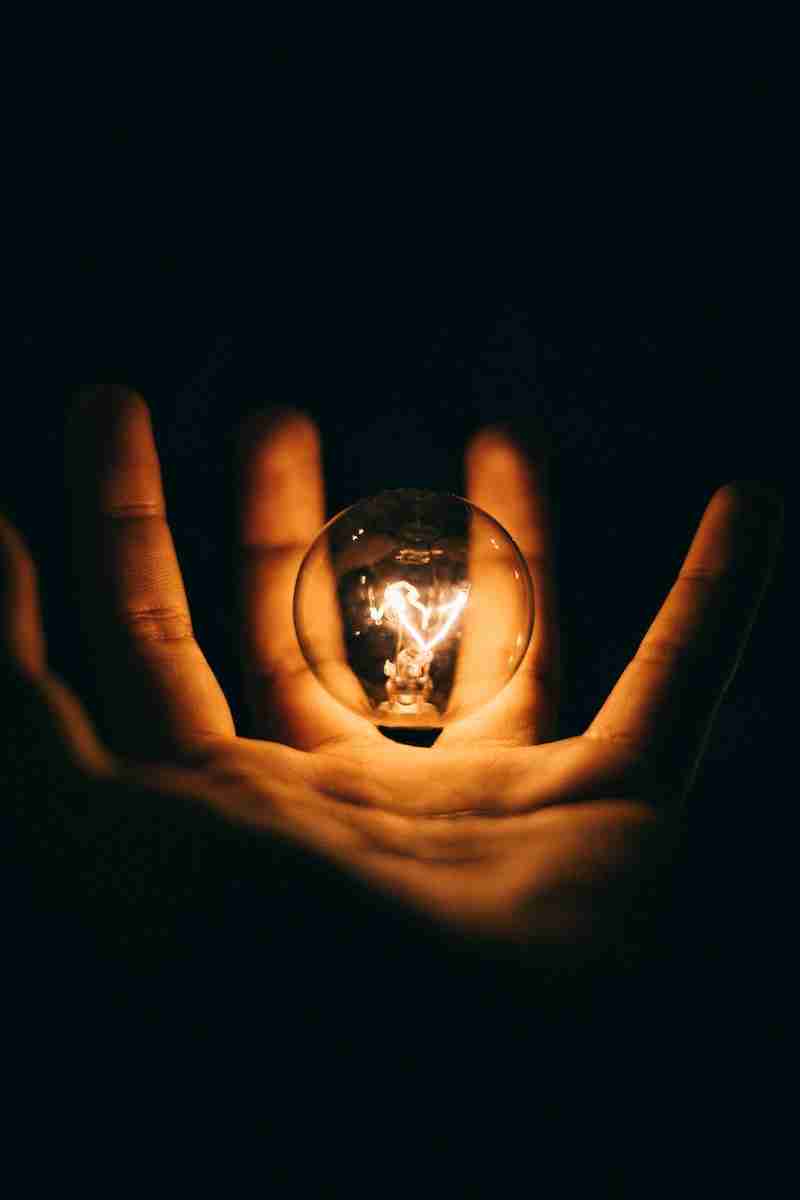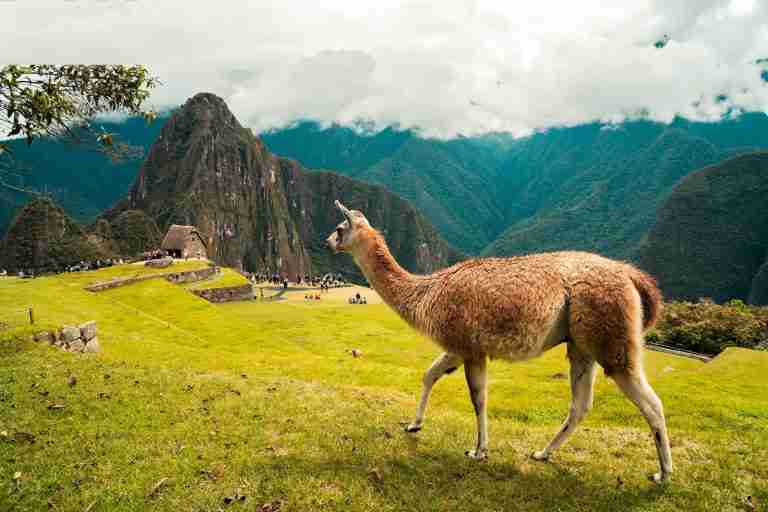26 Fun Facts About Science | Expand Your Knowledge
1. The speed of light is approximately 299,792 kilometers per second.
It’s a fundamental constant of nature and the ultimate speed limit of the universe.
This speed is a critical component in theories of the structure of space and time, especially in Einstein’s theory of relativity.
2. Water can boil and freeze at the same time.
It’s used to define the Kelvin temperature scale.
This phenomenon, known as the triple point, occurs under specific conditions of temperature and pressure.
3. The Eiffel Tower can be 15 cm taller during the summer.
When a substance is heated up, its particles move more, and it takes up a larger volume.
This is known as thermal expansion and affects everything from bridges to railways to buildings.
4. Octopuses have three hearts.
Two hearts pump blood to the gills, while the third pumps it to the rest of the body.
Additionally, their blood is blue due to a copper-rich protein called hemocyanin.
5. Bananas are radioactive, which is one of the interesting fun facts about science.
They contain the isotope Potassium-40, which is a naturally occurring form of radiation.
The level of radiation is not harmful to humans, but it’s enough to set off sensitive radiation detectors.
6. Honey never spoils.
Archaeologists have found pots of honey in ancient Egyptian tombs that are over 3000 years old and still perfectly edible.
Honey’s longevity can be attributed to its unique chemical composition, which makes it inhospitable to bacteria and microorganisms.
7. The universe has a color: Cosmic Latte.
Astronomers have averaged the light from all of the galaxies and found the color to be a beige-like tone.
This color was determined by a study conducted in 2002 at Johns Hopkins University.
8. Venus is the hottest planet in our solar system.
Even though Mercury is closer to the Sun, Venus has a thick atmosphere of carbon dioxide that traps heat.
Its surface temperature can reach up to 475 degrees Celsius.
9. A day on Venus is longer than a year on Venus.
Venus has a slow rotation on its axis, taking about 243 Earth days to complete one rotation.
However, it only takes about 225 Earth days to complete one orbit around the Sun.
10. A teaspoon of a neutron star would weigh about 6 billion tons.
Neutron stars are the remnants of massive stars that have exploded as supernovae.
They have an incredibly high density, making them one of the densest forms of matter in the observable universe.
11. There are more trees on Earth than stars in the Milky Way.
Estimates suggest that Earth has over three trillion trees.
The Milky Way, on the other hand, has between 100-400 billion stars.
12. The human brain can read up to 1,000 words per minute.
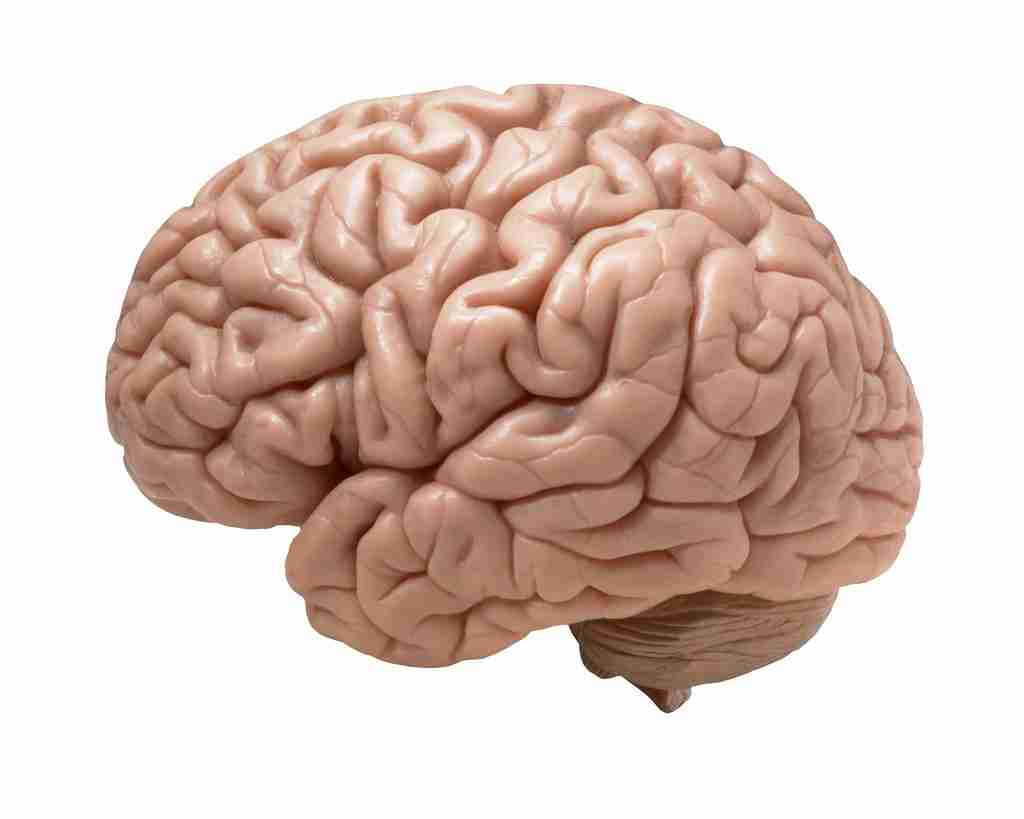
Speed reading techniques can help people read at this rate with practice.
However, comprehension levels can vary depending on the content and the reader’s skill.
13. The human body contains enough carbon to make 900 pencils.
Carbon is a fundamental part of many biological molecules.
This element’s versatility is what makes it so vital for life.
14. Sharks have been around longer than trees.
Sharks date back to 400 million years ago, while the first trees appeared around 350 million years ago.
Sharks have thus survived four of the five mass extinction events in Earth’s history.
15. Some metals are so reactive that they explode in contact with water.
Metallic elements like sodium and potassium react violently with water, producing hydrogen gas and heat.
This reaction can cause explosions.
16. One of the lesser- known fact about Butterflies: They taste with their feet.
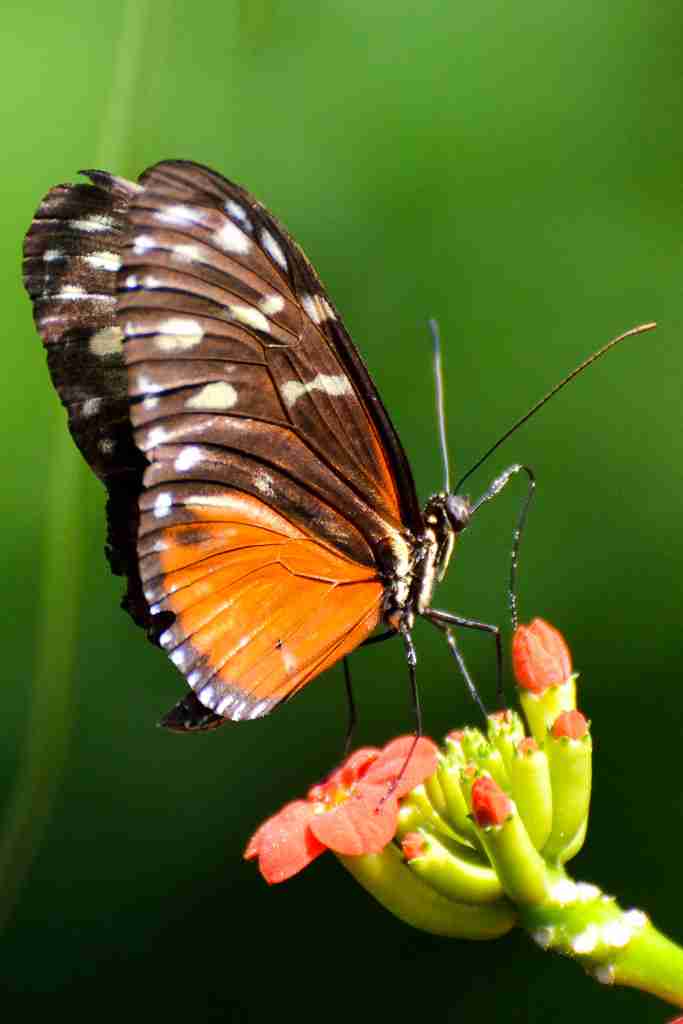
They have taste receptors on their feet to find their host plants and lay eggs.
This adaptation helps them identify suitable plants for their larvae to feed on once hatched.
17. The Great Barrier Reef is the largest living structure on Earth.
It’s composed of over 2,900 individual reefs and 900 islands stretching over 2,300 kilometers.
The reef is visible from space and is one of the most biodiverse ecosystems on the planet.
18. What is a subject in science?
In the context of education, “science” is a broad subject that encompasses various branches, including physics, chemistry, biology, and earth sciences.
19. An adult human body contains about 100,000 kilometers of blood vessels.
Laid end to end, they could circle the Earth’s equator multiple times.
This extensive network helps circulate blood throughout the body, delivering oxygen and nutrients to cells.
20. Ants can lift to 50 times their body weight.
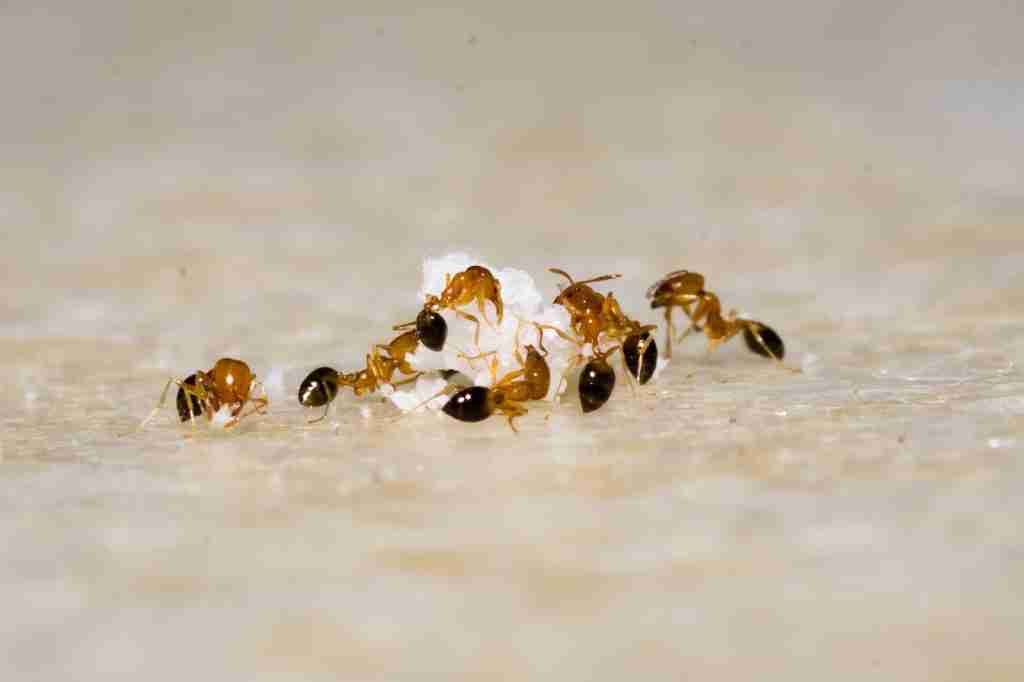
Their strength is due to their small size and the unique structure of their muscles.
This ability allows them to carry large objects such as leaves and food back to their colonies.
21. The universe is constantly expanding.
Since the Big Bang, the universe has been continuously expanding at an accelerating rate.
This expansion is a fundamental feature of the universe and is still a major area of research in cosmology.
22. The human eye can distinguish between about 10 million colors.
This ability is due to the presence of cone cells in the retina, which are sensitive to different wavelengths of light.
However, our perception of color can be influenced by context and lighting conditions.
23. The world’s largest snowflake was recorded in Montana, USA, at 15 inches wide.
It was observed in 1887 and holds the Guinness World Record for the largest snowflake ever recorded.
Snowflakes form unique patterns due to the varying conditions they encounter as they fall through the atmosphere.
24. The human nose can remember up to 50,000 different scents.

This ability is due to the hundreds of olfactory receptors each person has in their nose.
The sense of smell is often linked to memory and can evoke powerful emotional responses.
25. A single lightning bolt can measure over five miles in length.
Lightning is a sudden electrostatic discharge during a thunderstorm.
It can carry a current of up to 30,000 amperes and heat the air to temperatures five times hotter than the sun’s surface.
26. Diamonds are formed about 100 miles below the Earth’s surface.
They are created under high temperature and pressure conditions and brought to the surface by volcanic eruptions.
Diamonds are made of carbon atoms arranged in a crystal structure and are the hardest known natural material.
FAQs
Science is considered a subject of study that explores the natural world, phenomena, and the principles governing the universe. It is often divided into different disciplines for focused learning.
There are numerous excellent science books covering diverse topics. Some recommendations include “A Brief History of Time” by Stephen Hawking and “Sapiens: A Brief History of Humankind” by Yuval Noah Harari.
Science and technology are closely related fields. Science seeks to understand natural phenomena, while technology applies scientific knowledge to develop tools, machines, and systems to solve practical problems.
Science and technology are closely related fields. Science seeks to understand natural phenomena, while technology applies scientific knowledge to develop tools, machines, and systems to solve practical problems.
Yes, many books provide a broad overview of science. “The Science Book” by DK Publishing is an example that covers key scientific concepts and discoveries throughout history

